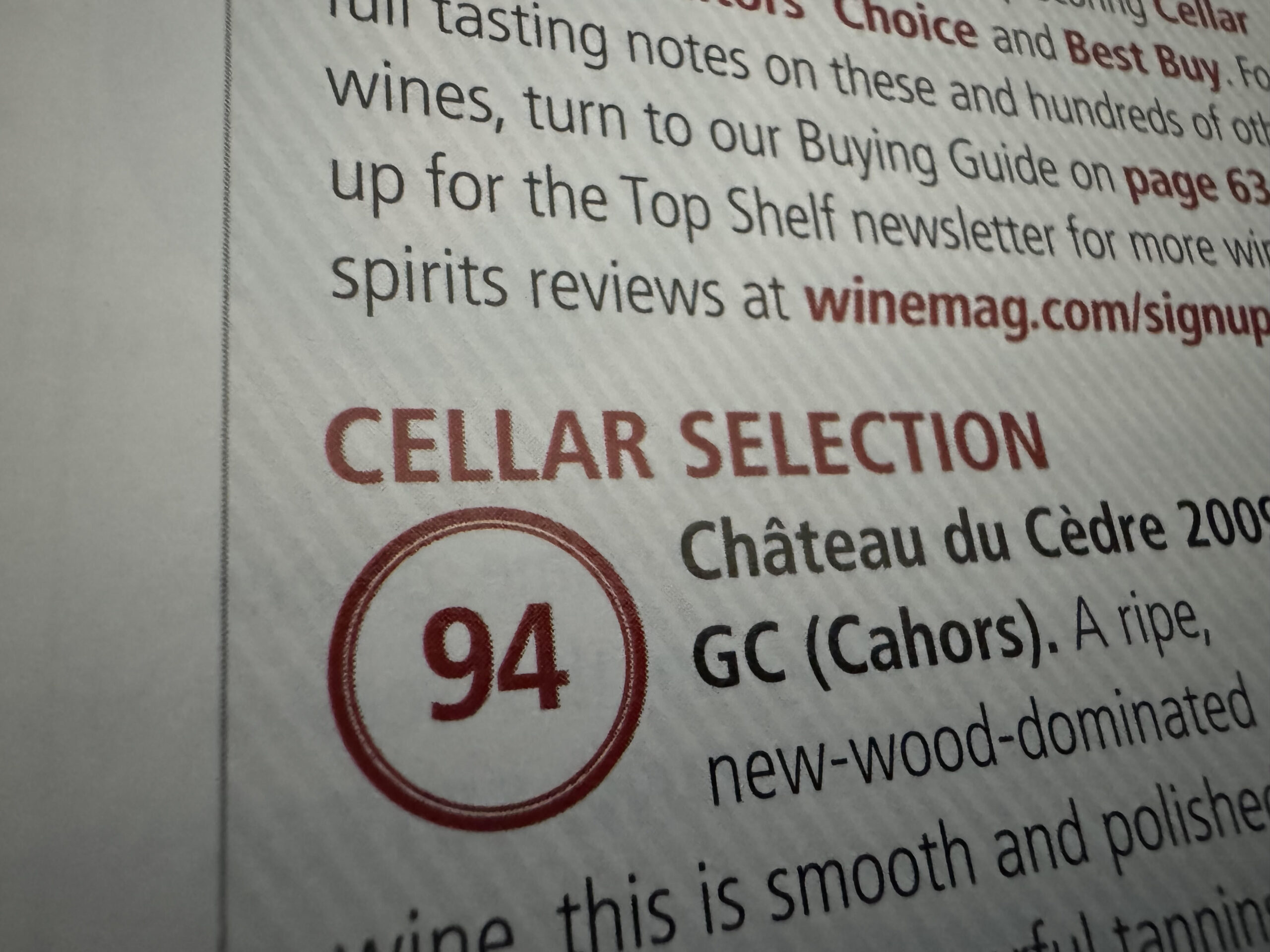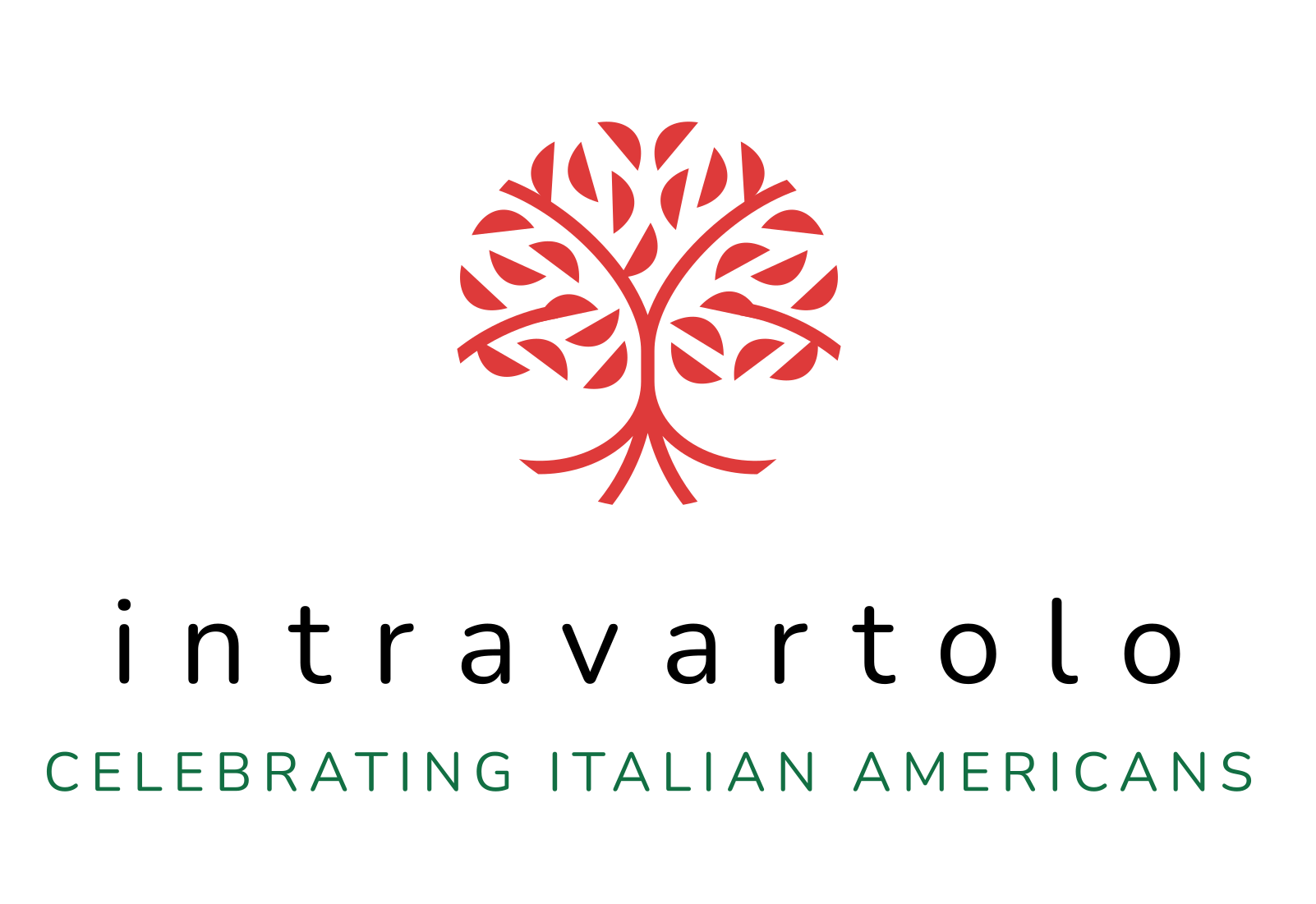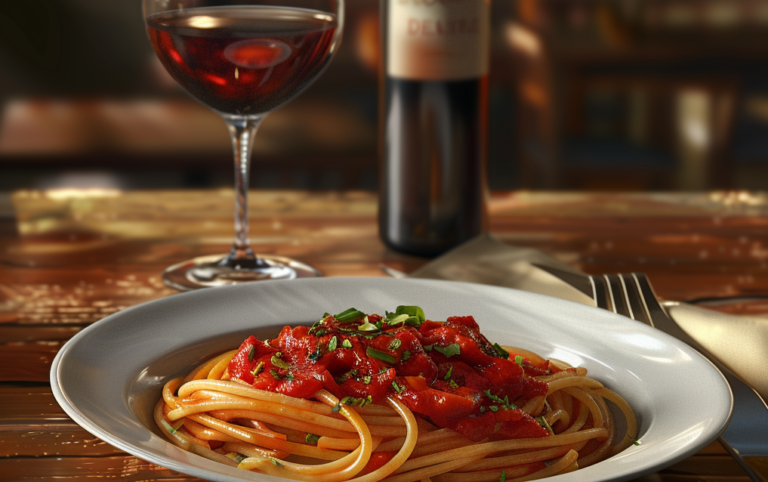Wine Ratings Explained: Do They Matter?
About three years ago, I wrote a blog post for a winery I worked for at the…

About three years ago, I wrote a blog post for a winery I worked for at
the time demystifying the wine rating system and what it means. I am going to try to replicate that post here
and answer the question about wine ratings and whether they really matter. The
goal here is to help you interpret wine ratings and use them to buy wines
you’ll love.
How the Wine Rating System Works
You’ve probably seen them touted on store shelves, or maybe on a winery’s
social media page: “This wine was rated 95 Points by (Whatever Wine
Critic)!” But what does it actually mean? Long story short is that
there is a 100-point wine rating scale that basically benchmarks a wine’s
quality. Think of it like the grading system from when you were in
school: Anything from 90-100 is an A, anything from 80-89 is a B, etc.
Wines rated 90 or higher are generally considered to be of
exceptional quality. This is why wineries strive to achieve this
accolade. But this is where it starts to get a little complicated…
Who and What Determines a Wine’s Rating?
There is no official governing body that issues wine ratings or sets
criteria by which wine should be judged. This makes a wine’s rating very
subjective. Technically, anyone can issue a wine rating, including
consumers. So, which ratings carry more weight and are more useful in
determining a wine’s quality? Let’s examine the in detail the three primary
sources of wine ratings: 1. Professional Wine Critics; 2. Wine Competitions;
and 3. Wine Bloggers.
Professional Wine Critics
Professional wine critics that review and write about wines for major
wine publications (Ex. Wine Enthusiast, Wine Spectator, etc.) are generally
considered the gold standard for wine ratings. One such critic named Robert
Parker is known for popularizing the current 100-point rating scale starting in
the 1980’s.
The reason these critics are generally trusted more than any other source
is that they are educated and trained in wine tasting, and due to the sheer
volume of wines they taste they have a good baseline with which to compare
wines. But the biggest key to the integrity of a wine rating is that it
be done “blind”, meaning the reviewer does not know the producer, brand or
price of the wine while they are tasting. The blind nature of these
reviews keeps the wine rating neutral and independent with no influence from
outside factors. Most of the major wine critics and publications use a blind
system for reviews.
However, even with this structured process, wine ratings can be subject
to a critic’s personal preferences or to what the critic considers to be the
most important criteria for judging a wine (remember- there is no standard
criteria). So, while professional critics provide the most legitimate wine
ratings, there are a lot of other factors to consider when using their ratings
as a guide for buying wine.
Wine Competitions
Another source of wine ratings is wine competitions where wines are
submitted for tasting and rated by a panel of judges to award either a numeric
rating or a “medal” (gold, silver, bronze, etc.).
Unlike professional wine critics, which are mostly held to rigorous
standards and processes, the quality of competitions can vary greatly.
Competitions can be anything from international to your local county
fair. Processes for judging can also differ as there is no universal
standard for who is qualified to be a judge, whether wines are tasted blind,
and what the criteria for judging are. Some of the best-known competitions such
as the San Francisco Chronicle Wine Completion and the Decanter World Wine Awards
are more reliable than the results awarded at a competition at your local farm
show.
Wine Bloggers
One more source of ratings is wine bloggers.
Wine bloggers can come from a variety of backgrounds. Some are
winemakers or have worked at a winery, others are sommeliers or have some type
of professional wine education and training, while others are simply wine
enthusiasts that love to share their thoughts about wine.
Most wine bloggers don’t assign numeric ratings or medals to
wines. Wine blogs or videos usually focus on an in depth review of a
specific wine as opposed to the bigger publications that provide quick snippets
about many wines. Reading wine blogs is arguably a better way to
learn about wines than just going by ratings. And it definitely is the
most fun way to learn as many wine bloggers break with the stodgy
traditions of wine criticism and show off their personalities.
If you do see a point rating from a wine blogger, it is good to
consider what their background or qualifications are as well as what process
they are using to assign a rating.
How to Use Wine Ratings as a Consumer
High ratings from a reputable wine critic can be valuable and informative
but be careful about judging wines solely on that criteria. Just because
a wine didn’t score a 90 or higher doesn’t mean you won’t like
it, and just because a wine got a 90+ rating doesn’t mean you will like
it. So, eliminating wines that don’t have a rating is going to leave you
missing out on trying many great wines that you’ll like.
The best way to use wine ratings in your purchasing decisions is as
a complementary piece of information or a tie breaker. First and
foremost, you should drink wines that you love regardless of rating. If
you don’t enjoy the wine you’re drinking then what’s the point? Make sure
to read the tasting notes of a wine to see if it sounds appealing to your taste
preferences, and then if you’re having trouble deciding between two wines use
the rating as a tiebreaker.
As always, drink what you love, whether it’s rated or not. Cheers!




